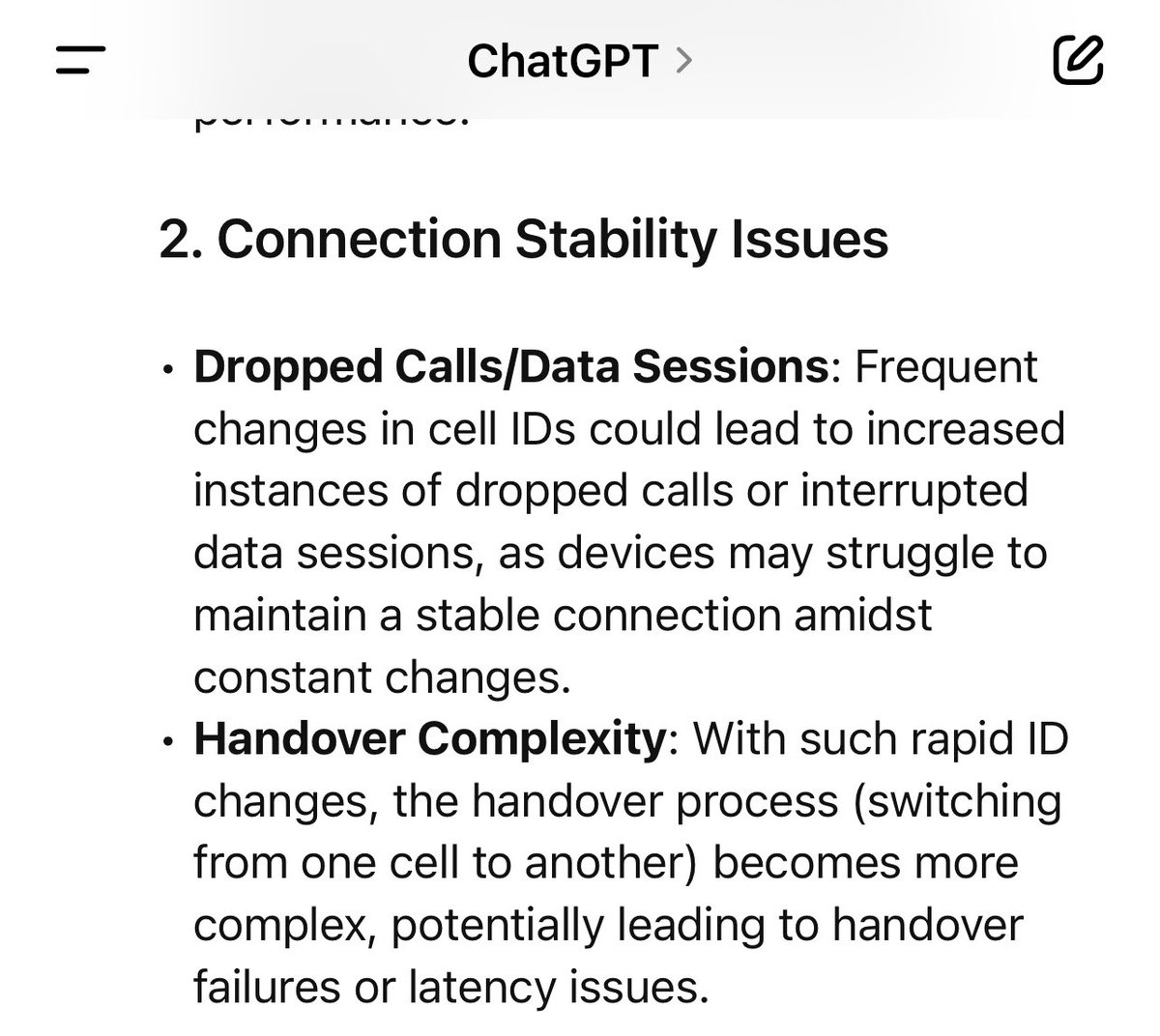
How to get URL link on X (Twitter) App

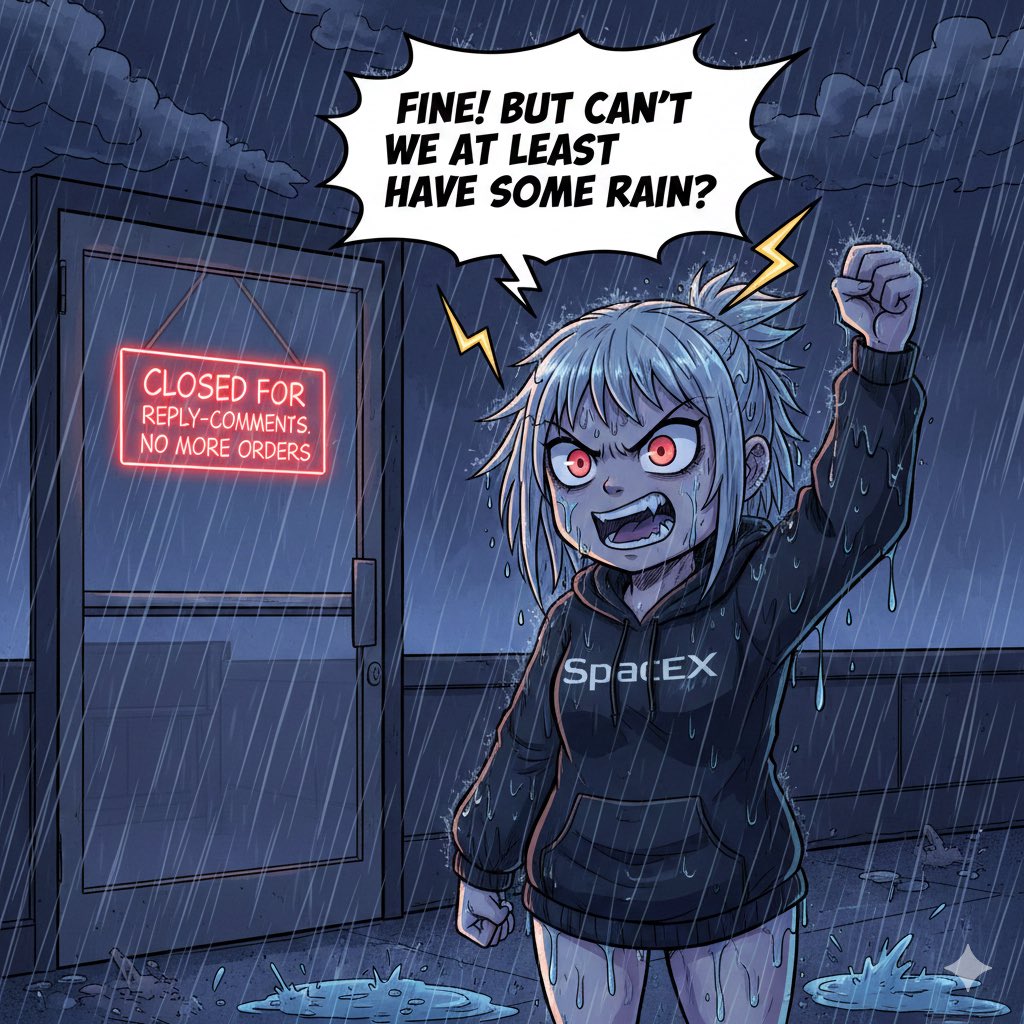
 It’s extremely uncompetitive behaviour and a bit immoral as what Space-X has begged be implemented onto AST is the same type of regulations they see as an obstacle when applied to themselves.
It’s extremely uncompetitive behaviour and a bit immoral as what Space-X has begged be implemented onto AST is the same type of regulations they see as an obstacle when applied to themselves.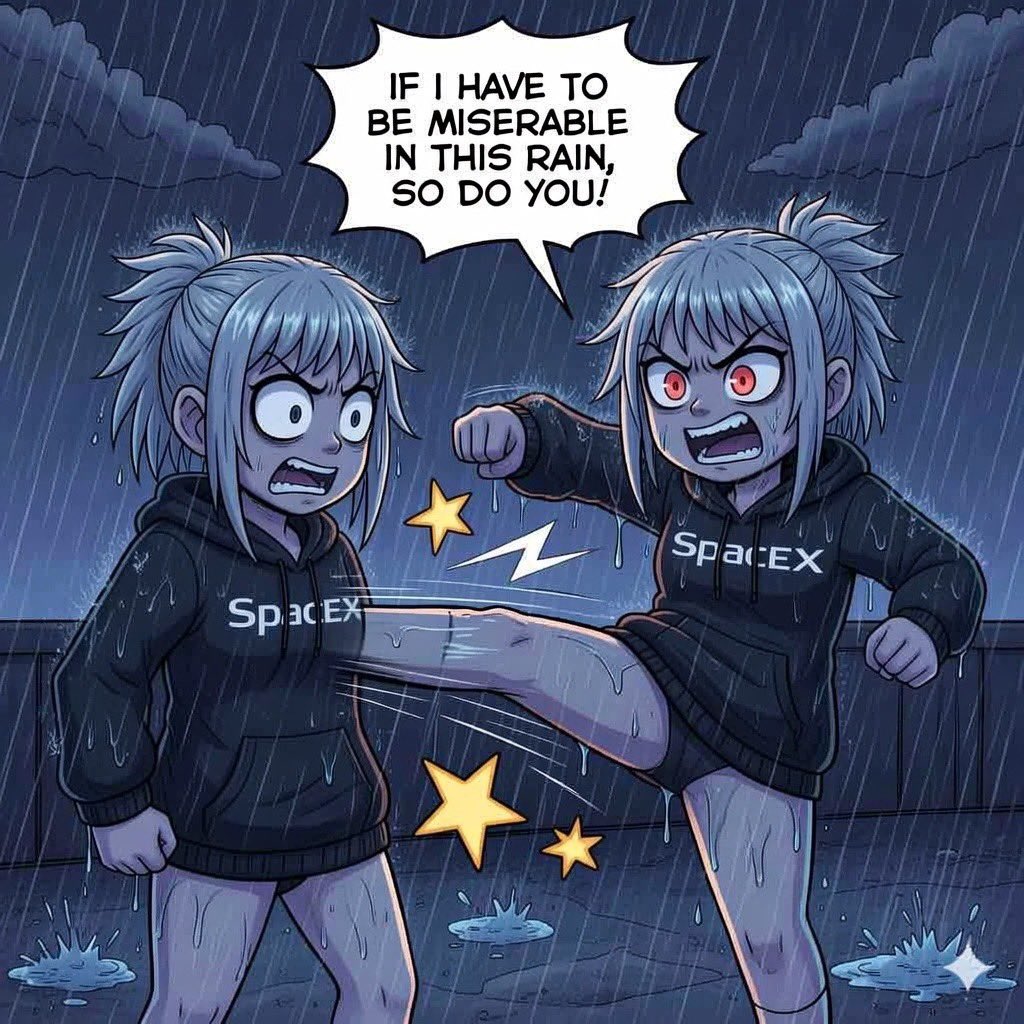
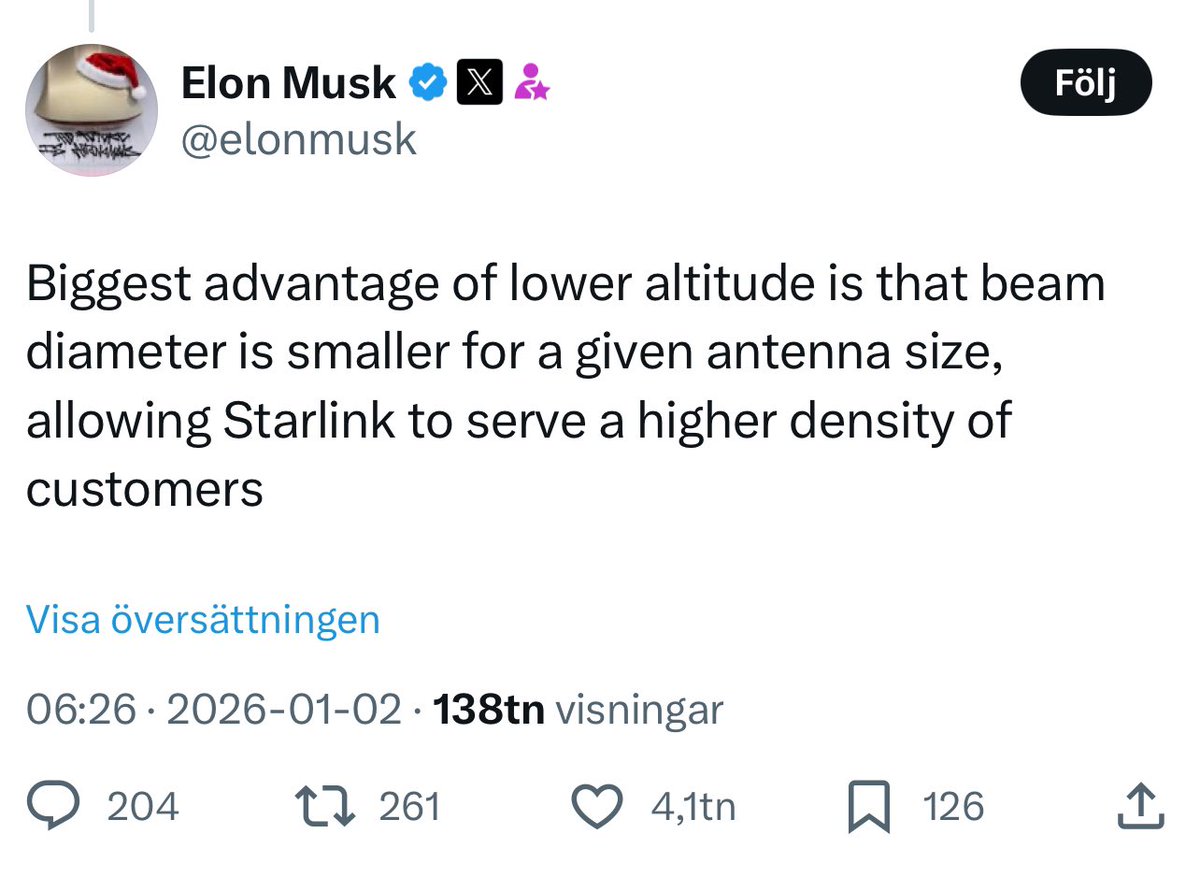
 Let’s do a SpaceMob thing and look at this from first principles.
Let’s do a SpaceMob thing and look at this from first principles.
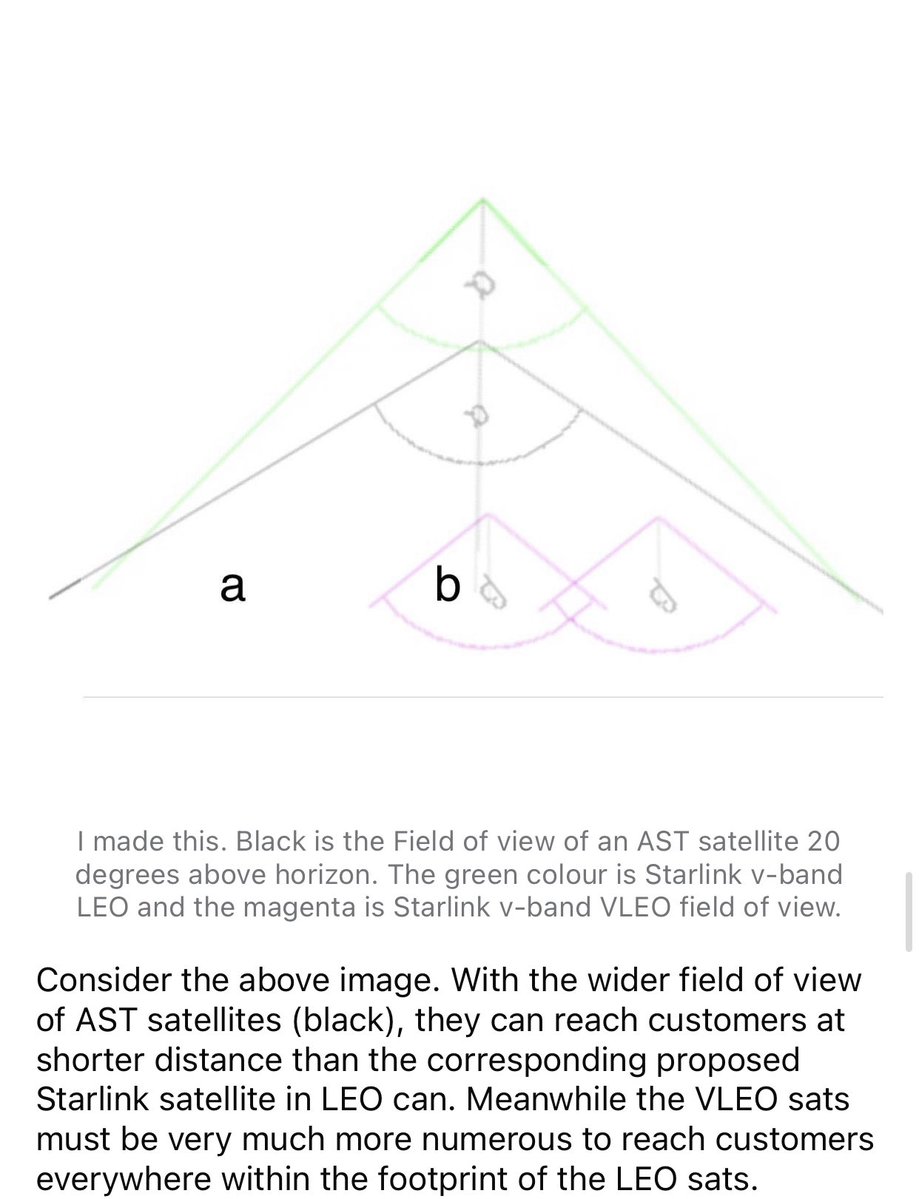
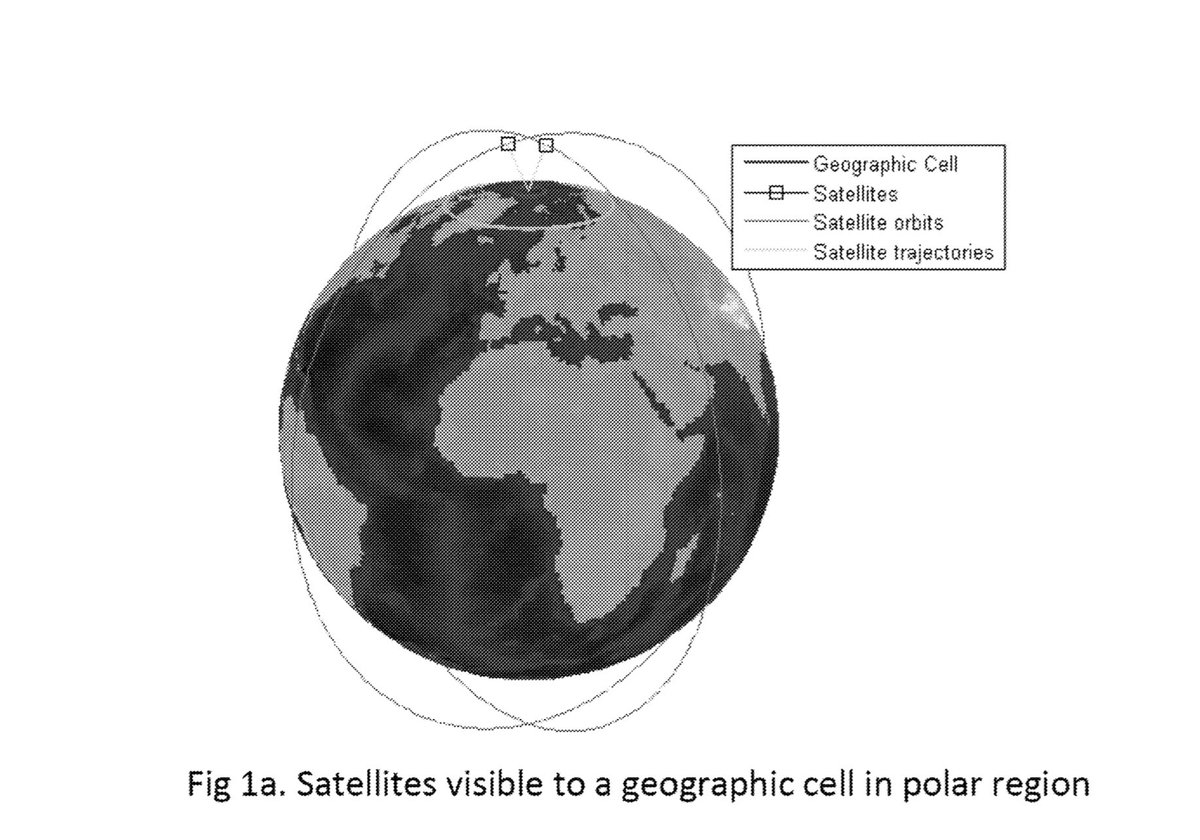
 THE PROBLEM ADDRESSED: END USER DEVICES MAY RECEIVE MULTIPLE SATELLITE SIGNALS (MULTIPLE PATHS, SUB-ARRAYS, OR MULTI-SATELLITE LINKS) WITH DIFFERENT DELAYS, DOPPLER, AND SNRS.
THE PROBLEM ADDRESSED: END USER DEVICES MAY RECEIVE MULTIPLE SATELLITE SIGNALS (MULTIPLE PATHS, SUB-ARRAYS, OR MULTI-SATELLITE LINKS) WITH DIFFERENT DELAYS, DOPPLER, AND SNRS. 


 Meet Aces 1 - 4 a technology pathfinder mission for DARPA Blackjack.
Meet Aces 1 - 4 a technology pathfinder mission for DARPA Blackjack.




https://x.com/catse___apex___/status/1887606423212949820?s=46&t=IAdas7XGtpsHUboQt8WQJAI’d like to focus not on how these rapid-fire beam to beam handovers causes dropped texts. Not on how that type of beams cause more border interference. Etc.



 As we assumed AST uses STA instrument for the first Block 2 satellite.
As we assumed AST uses STA instrument for the first Block 2 satellite.




https://twitter.com/catse___apex___/status/1876311548102418600The transmissions are ”good signals” if they’re [when], [where], [as strong] and [which channel] combo that is needed to do the transmission that is sought for.






 The Block1 micron is a panel about 30 millimeters thick and 644 x 1,288
The Block1 micron is a panel about 30 millimeters thick and 644 x 1,288 


 -It’s called SpectRum with an R, cat.
-It’s called SpectRum with an R, cat.

 A bit smaller regional nuclear capable strike aircraft like this one shown yesterday (JH-XX ?) are likely capable of reaching places like Guam and Japan.
A bit smaller regional nuclear capable strike aircraft like this one shown yesterday (JH-XX ?) are likely capable of reaching places like Guam and Japan.


 AST was selected to be part of HALO pool. From this pool they can be awarded contract for 2 space vehicles.
AST was selected to be part of HALO pool. From this pool they can be awarded contract for 2 space vehicles.




 I belive that 400 MHz TT&C channel is registered much more frequently is due to more radio astronomers listening in that band which also is hobby radio astronomy babd. Not that the S-band isn’t as active. Just fewer listening in.
I belive that 400 MHz TT&C channel is registered much more frequently is due to more radio astronomers listening in that band which also is hobby radio astronomy babd. Not that the S-band isn’t as active. Just fewer listening in.




 Let me start by saying that I am a rural conservative politician with guns and military grade sensors as my hobbies.
Let me start by saying that I am a rural conservative politician with guns and military grade sensors as my hobbies.

 AST SpaceMobile is transparent.
AST SpaceMobile is transparent.


https://twitter.com/scott23192/status/1839503316222353633
 Oh no, not good.
Oh no, not good.
